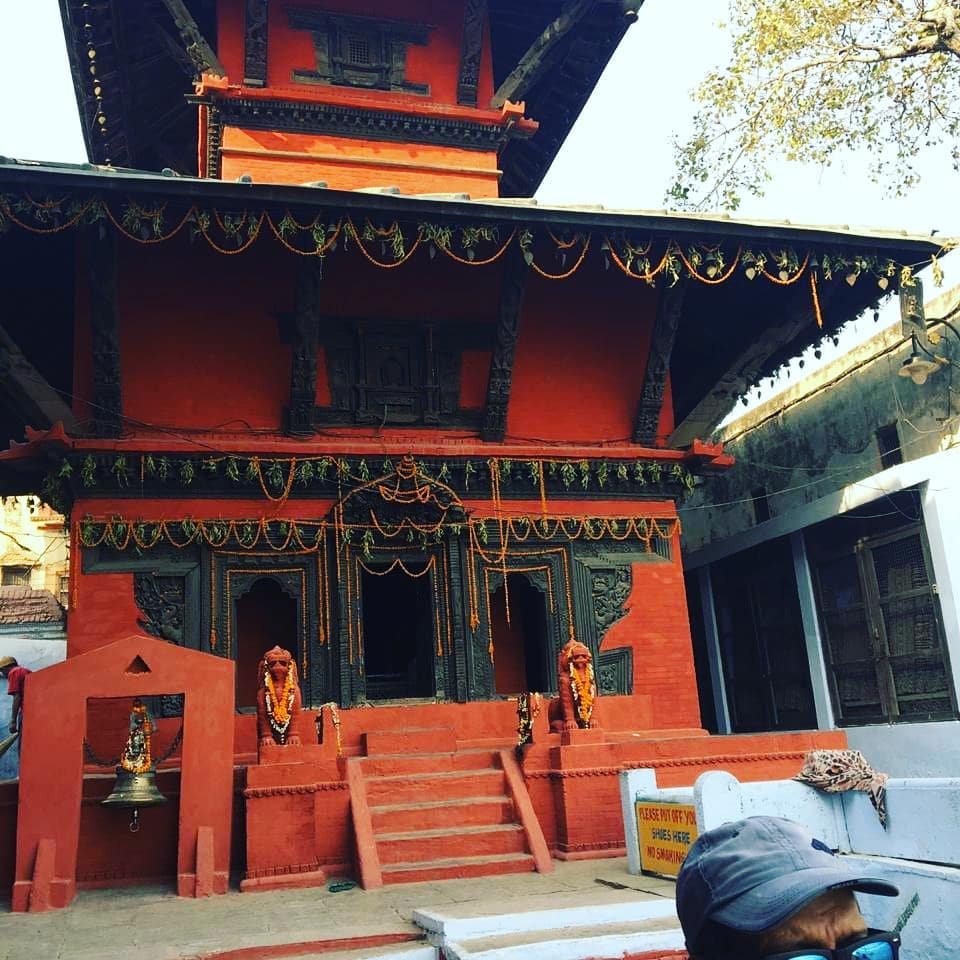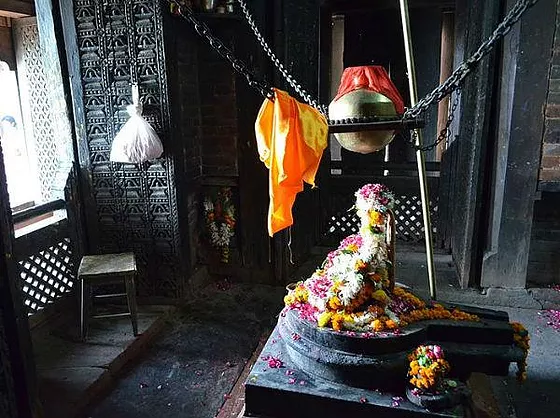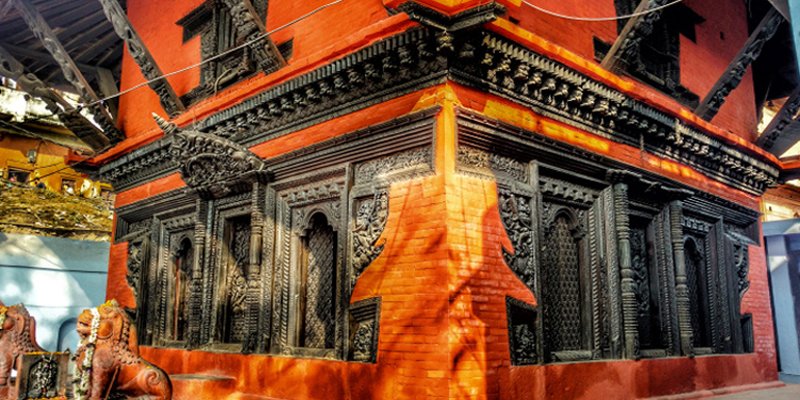INTRODUCTION
Shri Samrajeswar Pashupatinath Mahadev Mandir, also known as the Nepali Mandir, Kanthwala Mandir, and Mini Khajuraho, is one of Varanasi’s oldest and most well-known temples. Varanasi’s Nepali Mandir is located on Lalita Ghat.
This Hindu temple is devoted to Lord Shiva and holds immense religious significance in Hinduism. The temple was built in the 19th century A.D. by the King of Nepal and is a duplicate of the Pashupatinath Temple situated in Kathmandu. It is made of terracotta, stone, and wood.



HISTORY & SIGNIFICANCE
Rana Bahadur Shah, the King of Nepal, lived in exile in Varanasi from 1800 to 1804 under the moniker “Swami Nirgunanda.” He planned to create a duplicate of Pashupatinath Temple in Varanasi during his exile. During his exile and stay in Varanasi, work on the temple began. Shah returned to Nepal during the building. Sher Bahadur Shah, Rana Bahadur Shah’s stepbrother, stabbed him to death on April 25, 1806. The project was finished 20 years after the deadline by his son Girvan Yuddha Bikram Shah Deva. In the year 1843, Kashi Naresh transferred the land to Rana Bahadur Shah. The Nepal government owns the temple, the surrounding territory, Lalita Ghat, and a Dharamshala.
The mandir took three decades to build and is built of terracotta, stone, and wood. The wood is termite-resistant. It was built in the Nepali style and is flanked by tamarind and ficus religiosa (peepal) trees. The temple is built in the style of a pagoda and is mostly made of wood. It has sculptures that are identical to those seen in the Khajuraho Group of Monuments, earning it the nickname “Mini Khajuraho.”
ARCHITECTURAL DETAILS
The temple was constructed using clay, wood, and stone in Nepalese Pagoda architecture. Kashi, Nepal, and Khajuraho are all connected by a spectacular structure with carved sculptures comparable to those found in Khajuraho. The temple’s intricate wood carvings are captivating, and they truly personify the builders’ devotion. Much of the wood structure has been damaged over time owing to lack of maintenance, and has been rebuilt with brick; nonetheless, the damaged wood carvings are still quite valuable and are retained for the show in the temple courtyard.
This magnificent building stood alone, but proudly, among the domes and spires that dominated Kashi’s skyline.
HOW TO REACH?
>You may get to Lalita Ghat by walking from Dasashwamedha Ghat to Manikarnika Ghat. Varanasi Junction railway station is 3.8 kilometers to the southeast.
The temple is open on all days and is ideal for visiting during any season, and there is no entry fee to visit this temple.
